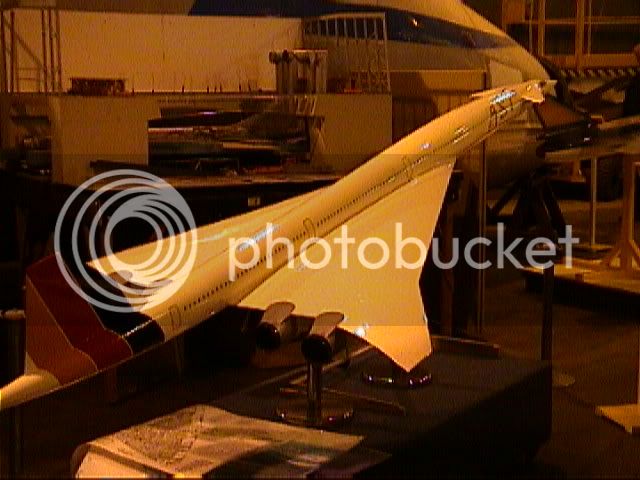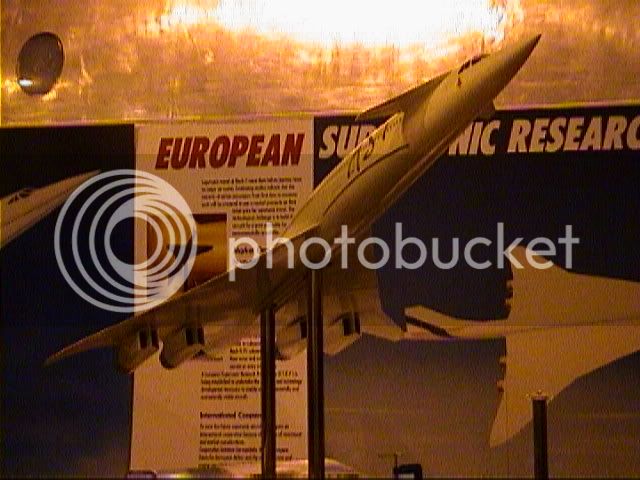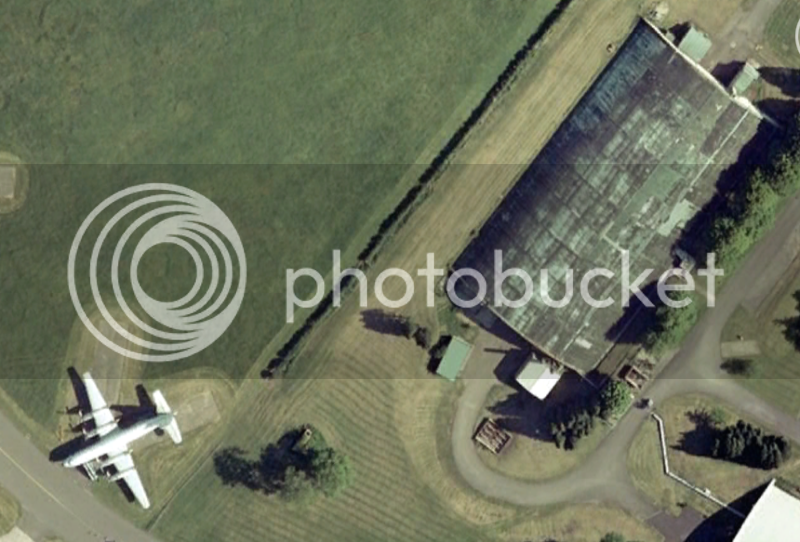There have been several replies since I started doing this earlier, so I hope that I'm not redoing too much here..
Mailee, there are indeed high and low speed ailerons, but the low speed ones are on the wing tips where they have most leverage and are most effective at low speed with the hugh speed ones almost like barn doors further towards the wing roots. Unless you go to things like the B52 which doesn't have ailerons as such. It has 'spoilers' on the wing tips which are panels in the upper face of the wing tips that lift into the airflow and literally spoil the lift there causing that wing to drop. It will also have the effect of stopping 'adverse yaw', oh hell, what have I started now!! where with normal ailerons the down going one causes more drag as well as pushing the wing up. This causes the tip to be pulled backwards and makes the plane yaw (turn in the horizontal plane) in the opposite way to the way the aircraft is trying to turn. That causes lots of drag on the whole aircraft apart from making the turn very tatty!
33 MU R.A.F. Lyneham used to do the major servicing on Lightnings in the 60s/70s. One of the problems was that if you put the 2 RR Avons into reheat the breaks were not man enough to hold it so after the Major servicing they were taxied out onto runway, normally by a qualified driver/pilot. On the occasion you refer to the aircraft was wanted toot-sweet so a Winco pilot who was qualified on Lightnings, but hadn't flown one for quite a while, volountered to do the test. He took it out onto the runway, no canopy, wooden dining type chair to sit on and opened it up. There was a problem and it wouldn't come out of reheat so he had two choices, either to lift off or to plough through the woods in the valley at the end of the runway. He took of, did a circuit, managed to stop the reheat and landed safely. He was given a sevear repremand and a comendation. He was also said to have gone gray haired in that one flight!!! I can't remember the exact date but it was somewhere around 1965 while I was stationed there..
I have no idea why anyone, especially an electrician, would find a VC10 difficult to work on? They probably never worked on Britannias or Balfasts? :mrgreen: I throughly enjoyed my 5 years on them both with a spanner in hand and flying in them. The original R.A.F. 10s were a cross between the normal and super 10s with normal fuz with an aluminium floor and big freight door, super wings, engines and tail with the fuel tank in the fin. They also had reverse on all 4 engines. We lost one of ours to Boscome Down for the RB211 engine tests. It had the RB211 on the Starboard side and flew quite happily on just that one engine. On one of the tests they opened the 211 up to full power and actually bent the engine mounts slightly. They only did that once.
If the VC10 had been allowed to be developed it probably have had 2 RB211s and been wide bodied. The same goes for Concord Mk2 as shown in the model that's held at the Bristol Aero Museum, Kemble. They were both before the event of bypass engines and were very sucessful and so were killed!
This is the model and not a Concordsky
Sorry about the photo quality, but go and have a look for yourselves..









